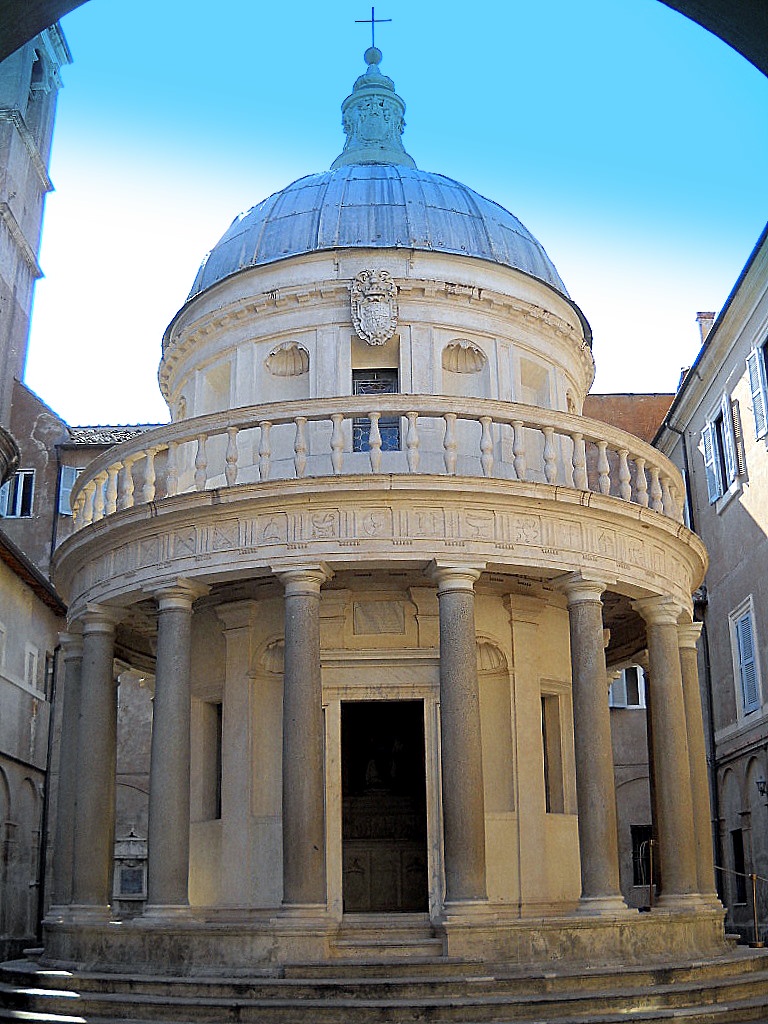Renaissance architecture
About the work
Renaissance architecture is the European architecture of the period between the early 14th and early 17th centuries in different regions, demonstrating a conscious revival and development of certain elements of ancient Greek and Roman thought and material culture. Stylistically, Renaissance architecture followed Gothic architecture and was succeeded by Baroque architecture. Developed first in Florence, with Filippo Brunelleschi as one of its innovators, the Renaissance style quickly spread to other Italian cities. The style was carried to France, Germany, England, Russia and other parts of Europe at different dates and with varying degrees of impact.
Renaissance style places emphasis on symmetry, proportion, geometry and the regularity of parts, as they are demonstrated in the architecture of classical antiquity and in particular ancient Roman architecture, of which many examples remained. Orderly arrangements of columns, pilasters and lintels, as well as the use of semicircular arches, hemispherical domes, niches and aedicula replaced the more complex proportional systems and irregular profiles of medieval buildings.
Renaissance architecture is available in the public domain via Creative Commons Attribution-ShareAlike 3.0 Unported .
Source: Wikipedia
Save this work.
Start an account to add this work to your personal curated collection.

Is something missing?
Help us to improve our content.
